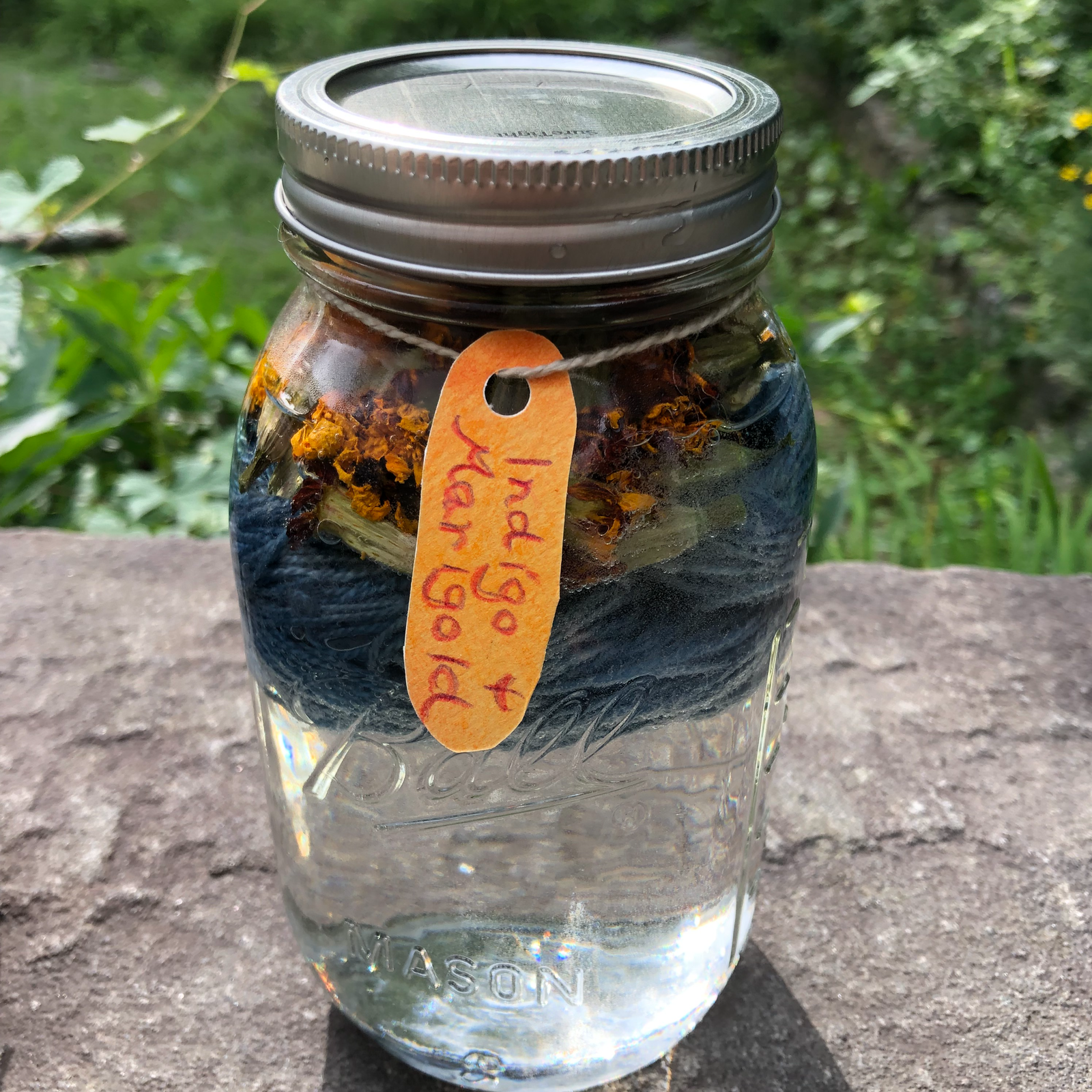Many thanks to our special guest, Emrys, for coming in to the classroom -- on Sep 10, 2024 -- to explain how stinging nettle can be harvested for fiber.
Here are my notes from that presentation:
Emrys gave a great presentation on how to process stinging nettle for fiber!
They and I first went out to my garden and picked some examples of the plant: one stalk that was juicy, fresh & green (and sting-y) and one stalk that was dried out with empty seed heads on it. They also brought us a huge armful of dried stalks that stood through the winter in their garden before They cut them down. These were ready to use!
Emrys put the green stalk on a towel on the floor and let the children get as close as they wanted to it. Some touched it. They explained that the stem as well as the underside and the top of the leaf can sting you. It can sting you even when it's dried, if the tiny needles are still on it. They showed the children where the dried stalk had its flower and seeds (in catkins). The seeds had already fallen off.
They explained that you can use the fiber right away (strip all the leaves and all the spikes off the stem) and make cordage with it. Stinging nettle has a woody core. The fiber is around the outside of the core. BUT if you want a soft fiber, like something that you would want close to your skin, you have to rett the stalks. Otherwise you're basically using rope as a clothing fiber!
You can water rett it but They said the smell is awful. They didn't recommend it... but in that method you cut the green stalks and submerge them under water for a week. The microbes loosen the bonds in the bundles of fibers so that the more woody layers release more easily, and the softest finest fiber is freed up for you to use.
Preferably, do the long slow gentle process of simply leaving the stinging nettle to stand all winter in your garden! The microbes will again do their work, but there's no smell. Simply let the stalks stay on their roots in the place where they grew. Before the new growth comes back, cut the old stalks down. They just used scissors. They said to keep an eye on the weather but you would cut it late Feb / early Mar. I made a mental note that it sounds like it's around the time that the sap stops running in the sugar maple trees.
The finer fiber you can get in the spring is the fiber you want by your skin.
Take the dried stalks and break them open (like you would with flax). We just used our hands to do this. The kids loved it. Emrys also said you can put the stalks in a bag on the floor and dance vigorously on them! Then we played with it and pulled the large pieces of woody material off until we found the loose delicate fibers inside. They are very fine, like spider silk. Once you have a bundle of fluffy fiber free of debris, card it!
From there, you would spin it! We are going to ask our next spinning wheel special guest if he/she would be willing to try some on the wheel. The children were very proud of the little pile of soft fluffy fibers that they made.
It was incredible that such a hostile plant has such coziness hidden inside it.


















 Immersive Experience
Immersive Experience Immersive Experience
Immersive Experience







No comments:
Post a Comment